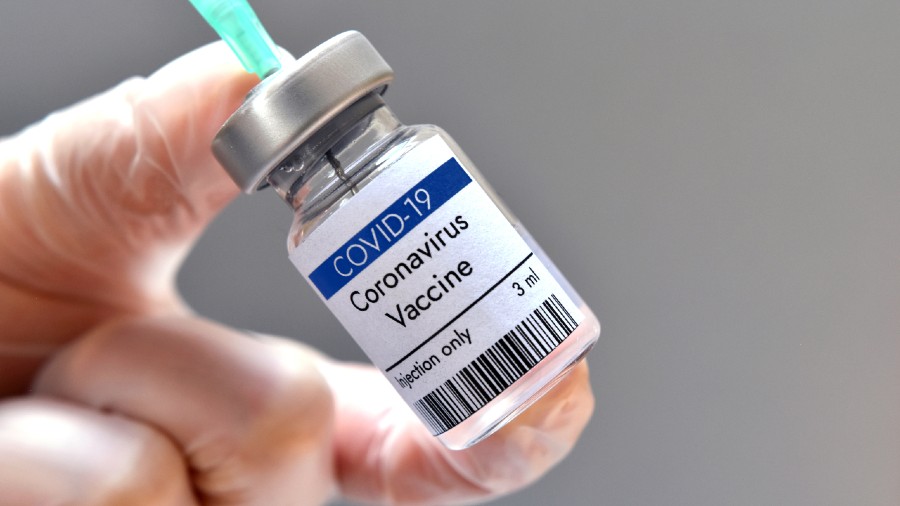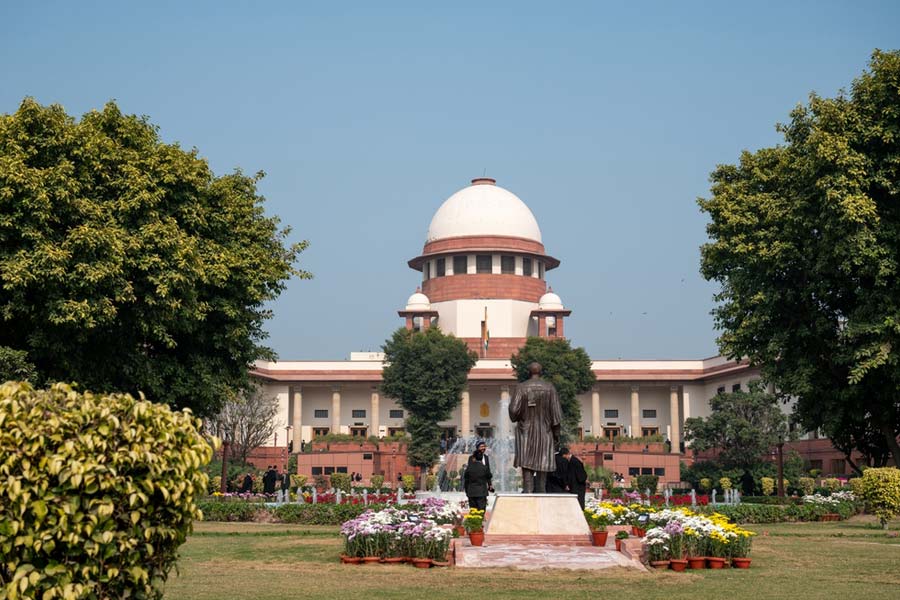All over the world, vaccines are administered, starting at birth, to provide immunisation against a variety of diseases. They enhance the body’s natural defences in the fight against disease-causing organisms. Immunisation provides immeasurable benefits for the money spent. Governments offer immunisation free or at subsidised rates. In some countries, proof of childhood immunisation is a pre-requisite for school admission.
Immunisation is not a new medical skill. In 1,000AD in China, Turkey and some parts of Africa, a crude form of smallpox vaccination was successfully practised. In 1796, Edward Jenner perfected this technique and smallpox vaccination was widely introduced. This led to the eradication of this dreaded disease. As science progressed, more vaccines were developed. Immunisation can now prevent 20 diseases.
Live vaccines may use a weakened strain of the organism that causes the disease. They provide a robust, long-acting response that, in some instances, lasts a life-time. Diseases for which live vaccines are used are MMR, rotavirus (against childhood diarrhoea), smallpox (no longer in use), chickenpox and yellow fever.
The organism can also be killed and administered as an inactivated vaccine though the response is not as strong. Boosters may be required. Some of the inactivated vaccines are hepatitis A (two shots), flu (one shot every year), rabies (pre and post-exposure).
Sometimes, instead of using the whole organism, a part of it can be used as a recombinant or polysaccharide vaccine. These vaccines are used against H. Influenzae, hepatitis B, HPV (cervical cancer), whooping cough, herpes zoster, pneumococcal and meningococcal disease.
Many infectious agents cause disease by releasing toxoids or poisons. There are toxoid vaccines against tetanus and diphtheria.
New technologies have been in the pipeline for decades to improve vaccine production, safety and efficacy. One of these is the mRNA or messenger RNA technique, which has been used to produce the Covid-19 vaccine. The surface of the novel coronavirus has spikes. The mRNA vaccine introduces a code for spike protein into our bodies. They enter the immunity producing cells, which then produce the spike protein pieces. The protein appears on the cell surface, the body recognises this as a “foreign invader” and produces antibodies.
The genetic material that dictates who we are is stored in the nucleus of the cell, in a double-stranded DNA helix. It is quite different from the mRNA, which is single-stranded, leaves the nucleus of the cell and moves into its cytoplasm to make proteins. The mRNA does not interfere with our genetic code in any way.
Unfortunately, there are a lot of “anti-vaccine” groups who believe in acquiring natural immunity. There is a great deal of false propaganda about the side effects of vaccines. Many of the people expounding these principles have, however, been immunised in their youth and so have artificially acquired resistance to many diseases. But vaccines are being arbitrarily denied to youngsters who deserve protection against preventable diseases. Many unimmunised people develop some level of immunity, which prevents them from falling sick. But they still develop a mild form of the disease that they can pass on to other people.
There are many unfounded fears about the mRNA technology and the fast-tracking of the vaccine. We have better equipment and systems than we had even a decade ago. All over the world scientists, doctors and the pharma industry have been working hard to ensure the safety and efficacy of this vaccine and for its timely release. Give them the benefit of your doubt.
The writer is a paediatrician with a family practice at Vellore and the author of Staying Healthy in Modern India. If you have any questions on health issues please write to yourhealthgm@yahoo.co.in











